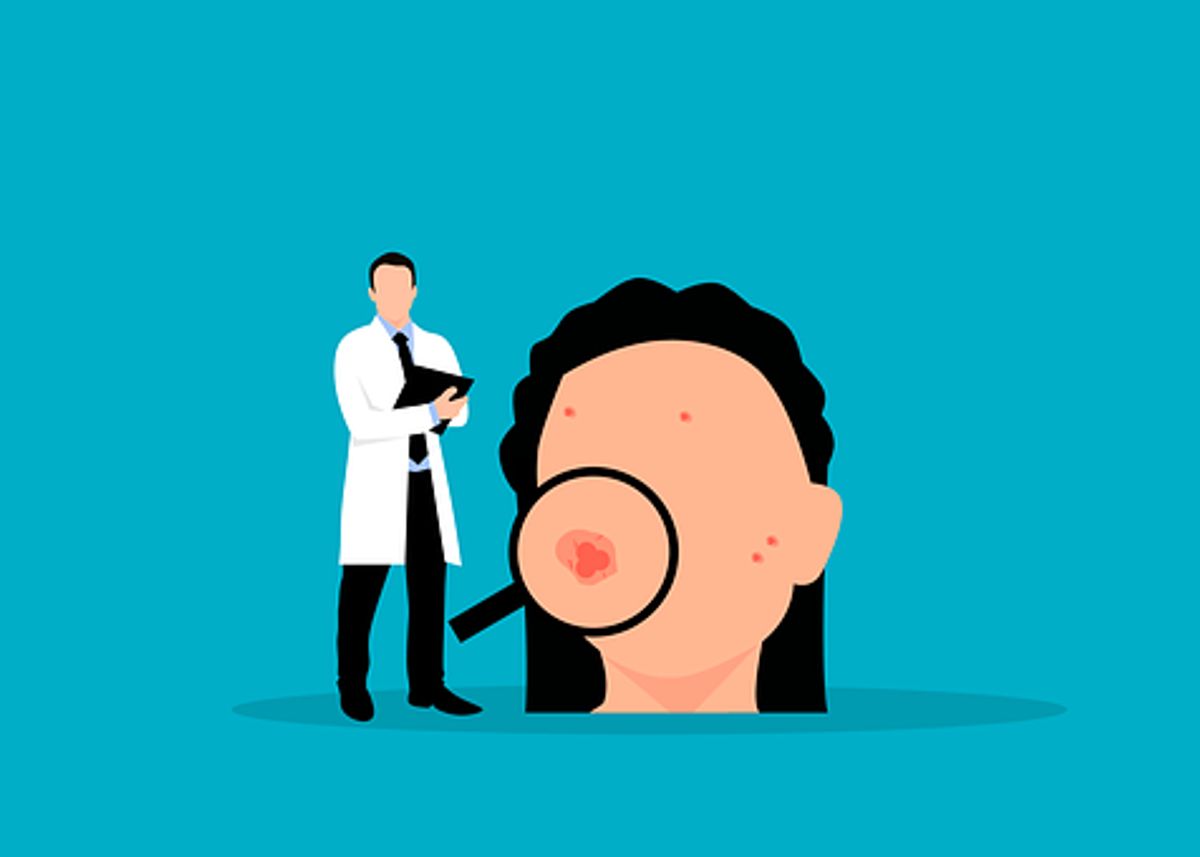Blepharitis – What Are the Symptoms of Blepharitis?
If you have symptoms of blepharitis, you should consult a doctor. Your doctor will diagnose the condition using a variety of tests. Blepharitis is a bacterial infection of the eyelids. Your doctor may recommend artificial tears to relieve the symptoms of blepharitis. It’s important to use artificial tears without preservatives. You can purchase artificial tears online or at a pharmacy, but you should talk to your doctor before purchasing them. Your doctor will ask about your symptoms and medical history. They will also examine your eyelids and eyes. The doctor may also use a slit lamp, a specially developed low-power microscope that emits a thin light beam.
Seborrheic blepharitis
Seborrheic blepharitis is a skin condition that affects the eyelids and can be caused by multiple factors. It was first reported in 1970 by McCulley et al. Although there is no known cure for the condition, there are various treatment options. Blepharitis can cause sore eyelids, crusts at the base of eyelashes, and discharge.
Treatment for seborrheic blepharitis involves applying a warm compress to the affected area and antibiotic eye drops. In some cases, it may also lead to the formation of an abscess, a collection of pus surrounded by inflamed tissue. The infection can also lead to styes, which are red, swollen, and painful areas on the eyelid. Although rare, styes may occur in about one-third of patients with posterior blepharitis. Treatment for styes is often as simple as frequently using a warm compress and artificial tears as needed. In select cases, antibiotics may be prescribed.
Seborrheic blepharitis can also be treated with topical anti-inflammatory antibiotics and antibiotic eye ointments. These can relieve the symptoms and even reduce inflammation. However, blepharitis often reoccurs even after treatment, so good hygiene is vital to treating it effectively.
Staphylococcal blepharitis
The treatment for staphylococcal blepharitis is usually antibiotics, either oral or topical. Depending on the severity of the condition, antibiotics may be given for up to four weeks or more for a complete cure. Topical steroids may also be used to help control inflammation.
The disease is classified into two main types, anterior blepharitis, and posterior blepharitis. It may occur due to various causes, including mite infestation, bacterial invasion, or viral infection. Although the exact cause of staphylococcal blepharitis is unknown, treatment is generally successful.
A doctor can diagnose blepharitis through an examination of your eyes. They may use a magnifying glass to examine the eyelid tissues and the eye itself. They may also collect a sample of the dandruff-like flakes around your eye for testing. Taking care of your eyelids may also reduce the frequency and severity of flare-ups.
Staphylococcal blepharitis symptoms include matting eyelashes, burning, and a foreign body feeling. Your primary care physician will prescribe antibiotics, usually a topical solution. If the blepharitis is not treated with antibiotics, it can progress to stye or chalazion, which are painful and require medical care.
Mixed blepharitis
Mixed blepharitis is a type of blepharitis that is a mix of anterior and posterior blepharitis. The diagnosis of this condition is usually made during a comprehensive eye examination, with particular emphasis placed on the eyelids and the front surface of the eyeball. The doctor may also ask you questions about your symptoms and health history. The doctor will also carefully examine the eyelids’ margins and the eyelashes’ base. This will give them an idea about the structure and function of the eyelid.
Patients with mixed blepharitis should be aware that various treatment options are available for this condition. Topical antibiotics are usually an option; some antibiotics can be given orally. For example, doxycycline effectively treatsbomitis and posterior lid margin involvement.
Blepharitis is a common skin disorder that affects the eyelids. It can be caused by poor hygiene or skin disorders. Although it’s not contagious, it can be painful and lead to corneal problems. When left untreated, this condition may progress to an ulcer or chalazion.
Ulcerative blepharitis
Ulcerative blepharitis is a disease of the eyelids. It affects both the outer and inner eyelids. It is characterized by redness and irritation in both the affected areas. Dysfunction of the meibomian glands causes this disease. These glands produce oil to protect the eye from drying out and evaporation. When they are dysfunctional, excess oil is secreted, resulting in redness, fluctuating vision, and eyelid inflammation.
Blepharitis is a common eye condition that affects all ages, but it is more common in older adults. A 2009 survey in the US showed that 37% of optometrists and ophthalmologists reported seeing patients with blepharitis. Another study in South Korea found an overall incidence of blepharitis of about 1.1 cases per 100 person-years. In addition, the prevalence of blepharitis in women was higher than that of men.
A swab test can determine whether or not you have the condition. Blepharitis may occur due to various causes, such as an underlying infection or an allergic reaction. In some cases, the disease may result in scarring or the abnormal direction of eyelashes.




